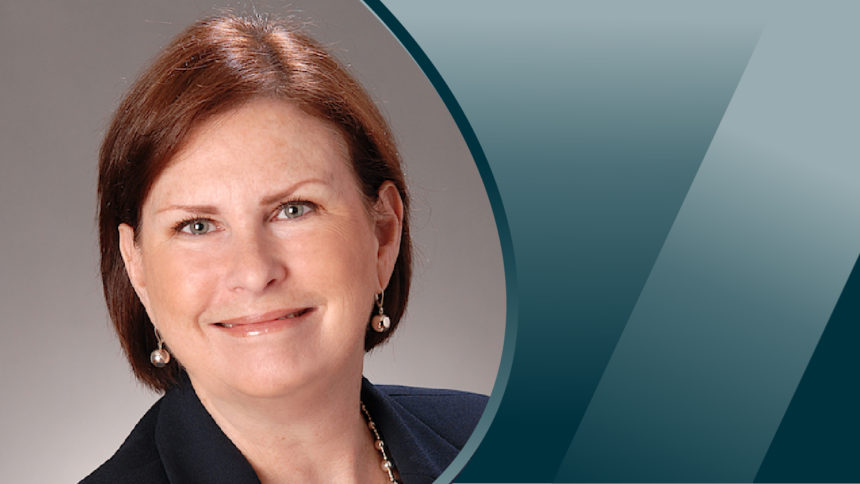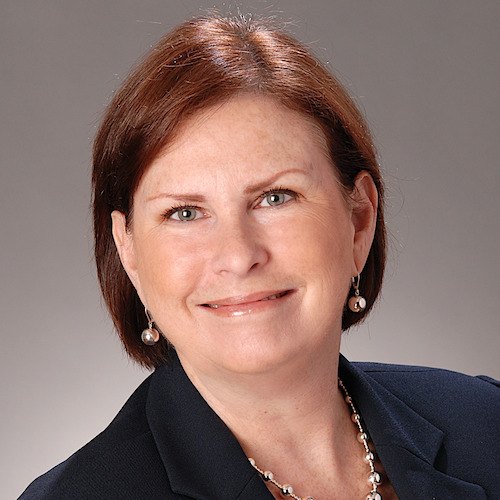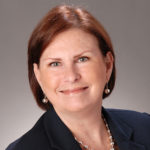

Q: Is senior living going to be prepared for the incoming growth of middle-income older adults?
A: According to a “Forgotten Middle” study from the National Investment Center for Seniors Housing & Care and NORC at the University of Chicago, the age 75+ population will reach 33.5 million people by 2029.
Almost half of those individuals (14.4 million) will be middle-income, meaning that they have too much income to qualify for low-income subsidized senior housing but not enough to afford private-pay senior living.
The study also indicates that approximately 60% of the members of this middle-income market is going to have mobility limitations, approximately 20% will have chronic and/or functional limitations and 8% will have some form of cognitive impairment. There is going to be a significant need for housing that can offer access to services and care in an affordable manner.
Active adult apartments have been emerging as an affordable alternative to traditional independent living. Many older adults are attracted to this product because of the affordable price and the senior-friendly options offered, such as single-level living, non-slip showers, grab bars and medical alert programs. Although the apartments, for those aged 55 or more years, are intended to target younger and healthy independent older adults, the reality is that some residents at those communities already need some assisted living services or are experiencing mild cognitive decline. But this is what they can afford.
Some communities are exploring options to assist their residents in accessing affordable support services through care and service coordinators, who can help with referrals to available resources. Some are establishing affiliations with home care and other service providers that could provide assistance on a more a la carte basis or in smaller time increments. Others are using formal volunteer programs involving family members and other residents to provide support and assistance. There does not yet appear to be a model of affordable housing and care that can be universally duplicated on a widespread basis, however.
This challenge is not going away and will be occurring at the same time in which there will be an overall decline in the number of adult children caregivers due to changing demographics. Senior housing operators, healthcare and other service providers and public policy makers are going to have to work together to develop creative solutions to serving this significant middle-income cohort.
Lynne Moore is president of MDS Research Company Inc., a national senior living and healthcare consulting firm based in Fort Worth, TX, that has been serving clients for more than 50 years. MDS is a two-generation company – she is following in Jim Moore’s footsteps. Ms. Moore is responsible for all MDS market research-related projects involving all aspects of senior housing and healthcare. Lynne Moore can be reached at (817) 731-4266 or [email protected].
A version of this column appears as “You’ve Got Questions, We’ve Got Answers” in the December 2023 print issue of McKnight’s Senior Living.
The opinions expressed in each McKnight’s Senior Living guest column are those of the author and are not necessarily those of McKnight’s Senior Living.
Have a column idea? See our submission guidelines here.


